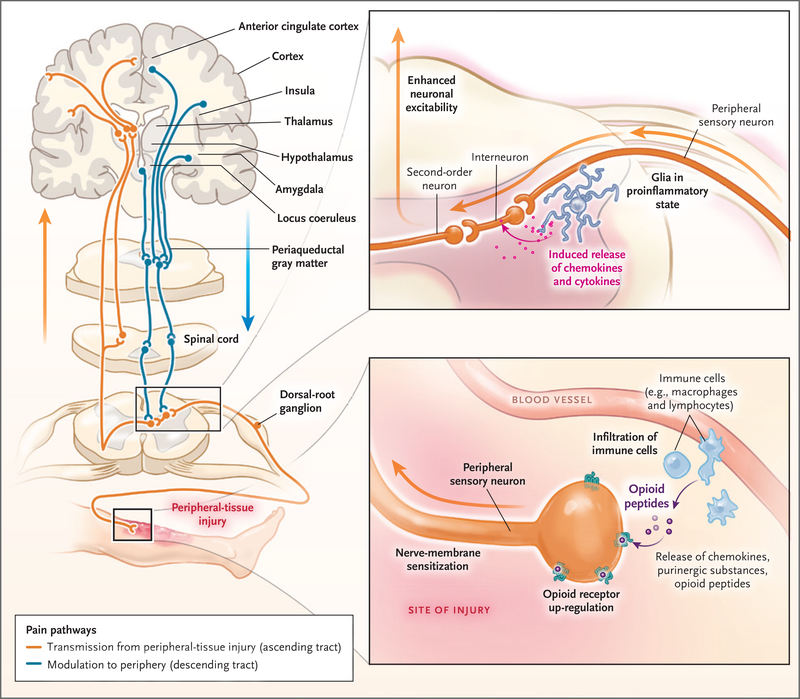Figure 1. Sites of Action of Opioids and Effects of Injury on Modulation of Nociception.
Sites of action of opioids for pain relief include the brain (cortex, thalamus, hypothalamus, locus coeruleus, amygdala, and periaqueductal gray matter), spinal cord, and peripheral-nerve membrane. Transmission of pain sensation (nociception) from the peripheral-tissue injury to the central nervous system occurs through the ascending spinothalamic tract to the thalamus and then to the somatosensory cortex (orange). Descending inhibitory tracts (blue) from the brain and other regions, including the rostroventral medulla, modulate nociception. Nociception can be amplified by dorsal-root ganglia and changes in the dorsal horn of the spinal cord (top inset). The afferent neurons are sensitized by the sprouting of new axons around the cell bodies of dorsal-root ganglia, as well as by infiltrating macrophages, which release inflammatory substances. Neuron projections from dorsal-root ganglia to the dorsal horn amplify the pain by the release of other pro-nociceptive mediators (e.g., calcitonin gene–related peptide), activation of N-methyl-d-aspartate receptors, and the increase in glutamate levels. Second-order neurons transmit these signals upstream to the brain (orange). Injury to tissues (bottom inset) results in local and often systemic inflammatory responses, which prime the peripheral sensory neurons and dorsal-root ganglia to exaggerated nociception by up-regulation or modulation of ligand-gated and voltage-gated ion channels. Mu-opioid receptors are newly expressed throughout the nerve membrane. Extravasated circulating leukocytes (e.g., macrophages and lymphocytes) release proinflammatory mediators, further sensitizing the neurons to pain. These leukocytes also release antinociceptive endogenous opioid peptides, which bind to the up-regulated opioid receptors on the nerve, attenuating pain.

